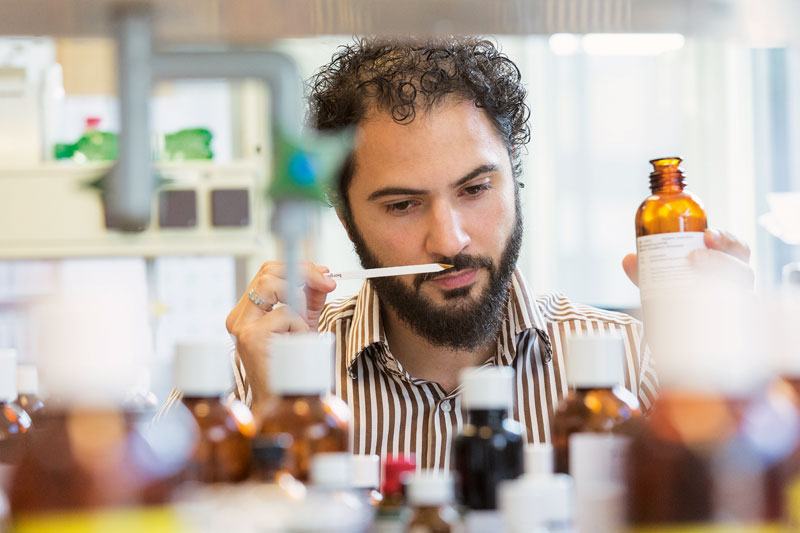 Proposals to ban flavored tobacco products—and, by extension, vaping liquids—have been spreading in popularity across California Bay Area cities. But a new policy paper by R Street Institute Harm Reduction Policy Director Carrie Wade and Western Region Director Steven Greenhut questions the wisdom of these ordinances on grounds that lawmakers in key jurisdictions—San Francisco, Oakland, Contra Costa County, Novato and San Leandro—have been giving short shrift to arguments about tobacco harm reduction.
Proposals to ban flavored tobacco products—and, by extension, vaping liquids—have been spreading in popularity across California Bay Area cities. But a new policy paper by R Street Institute Harm Reduction Policy Director Carrie Wade and Western Region Director Steven Greenhut questions the wisdom of these ordinances on grounds that lawmakers in key jurisdictions—San Francisco, Oakland, Contra Costa County, Novato and San Leandro—have been giving short shrift to arguments about tobacco harm reduction.
“Harm reduction, or the idea that instead of promoting abstinence from certain dangerous or risky behaviors, officials should instead promote ‘a set of practical strategies and ideas aimed at reducing negative consequences’ associated with them, is nothing new to the historically progressive—and innovative—approach Bay area legislators take to health policy problems,” notes Greenhut. “Why they won’t apply the same proven method in the case of tobacco use is morally obtuse.”
Flavors play a vital role in a person’s decision to use e-cigarettes and thus are a crucial component of strategies to encourage people to switch from combustible cigarettes. Crucially, when used as a harm-reduction tool, the flavors of e-cigarettes can distance a smoker from traditional cigarettes—and ultimately nicotine—by cutting the association between the flavor of tobacco and the delivery of the chemical.
Policies that reflect the reduced harm of e-cigarettes—including those that allow flavors to be available for current smokers who see them as an attractive feature—can significantly reduce the enormous burden of disease that combustible cigarettes impose on society. Thus, the authors recommend that the Bay Area localities in question remove e-cigarettes and other vapor products from the umbrella of tobacco products in their bans and recognize their potential as a much safer alternative to combustible cigarettes. Doing so, they argue, would epitomize the harm-reduction approach.
“If Bay Area cities take a more honest, clear-sighted approach to tobacco use – one in keeping with the region’s long-standing approach to other forms of harm reduction—they could help achieve their stated goal to reduce cigarette smoking and all of its ill effects,” notes Wade. “Doing nothing, or worse yet, cutting off avenues of harm reduction, ensures Bay area residents who might otherwise quit stay puffing.”











